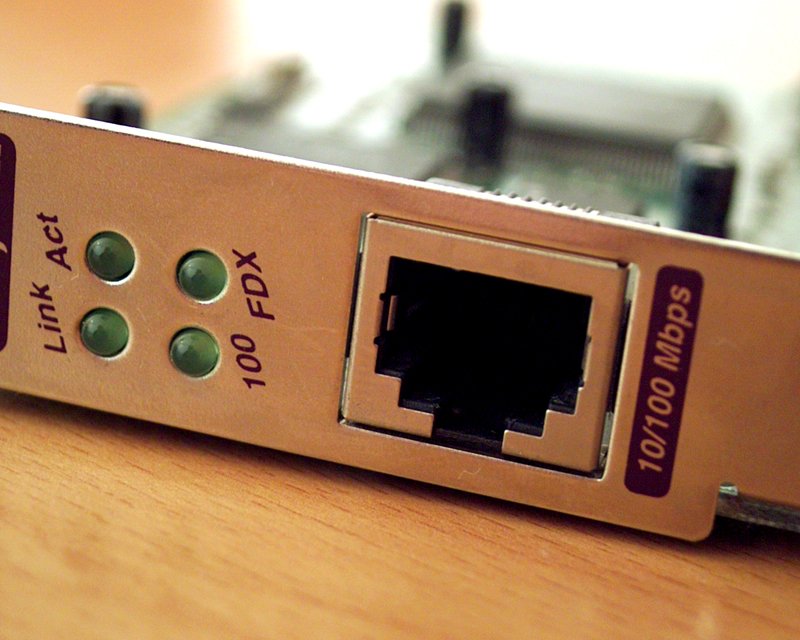

Different sites implement their Gemini (protocol) version differently. We intend to publish all the source code we've produced under the AGPLv3. In the meantime, for WordPress itself, here's what it takes to display to readers the analogous page/address in Gemini. Canonical links are assumed.
"The Web as a whole is problematic and it would help to have the FSF promote Gemini."The change typically requires using one's template of choice (WordPress has templates to separate changes from the "core"). In our case, we've edited single.php to include the Gemini page of a given "single" post. For a site that just uses another protocol but the same URL structure the following may do:
<?php $permalink = get_permalink(); $find = array( 'http://', 'https://' ); $replace = ''; $output = str_replace( $find, $replace, $permalink ); echo '<p>gemini://' . $output . '</p>'; ?>
Change the 'smart' quotes to something "normal".
They key is removing the http/https part, then replacing it with something else ("gemini://gemini." in our case). There's also the preg_replace approach, but it can get a tad problematic:
<?php $gemini = preg_replace('http', '', get_permalink()); echo $gemini; ?>
 In Techrights we've used
In Techrights we've used
<?php $permalink = get_permalink(); $find = array( 'http://', 'https://' ); $replace = ''; $output = str_replace( $find, $replace, $permalink ); echo '<p>This post is also available in <a href="http://techrights.org/gemini/" title="Techrights on Gemini">Gemini</a> over at:</p> <p><u>gemini://gemini.' . $output . '</u></p>'; ?>
It has meanwhile emerged that the FSF, perhaps belatedly, realised that Twitter is no longer acceptable. For reasons we've mentioned since November of last year. The Web as a whole is problematic and it would help to have the FSF promote Gemini. The FSF mostly uses Drupal as a CMS. ⬆